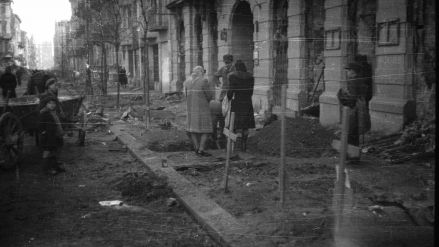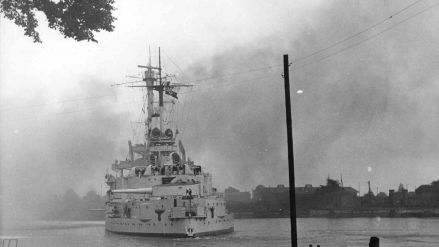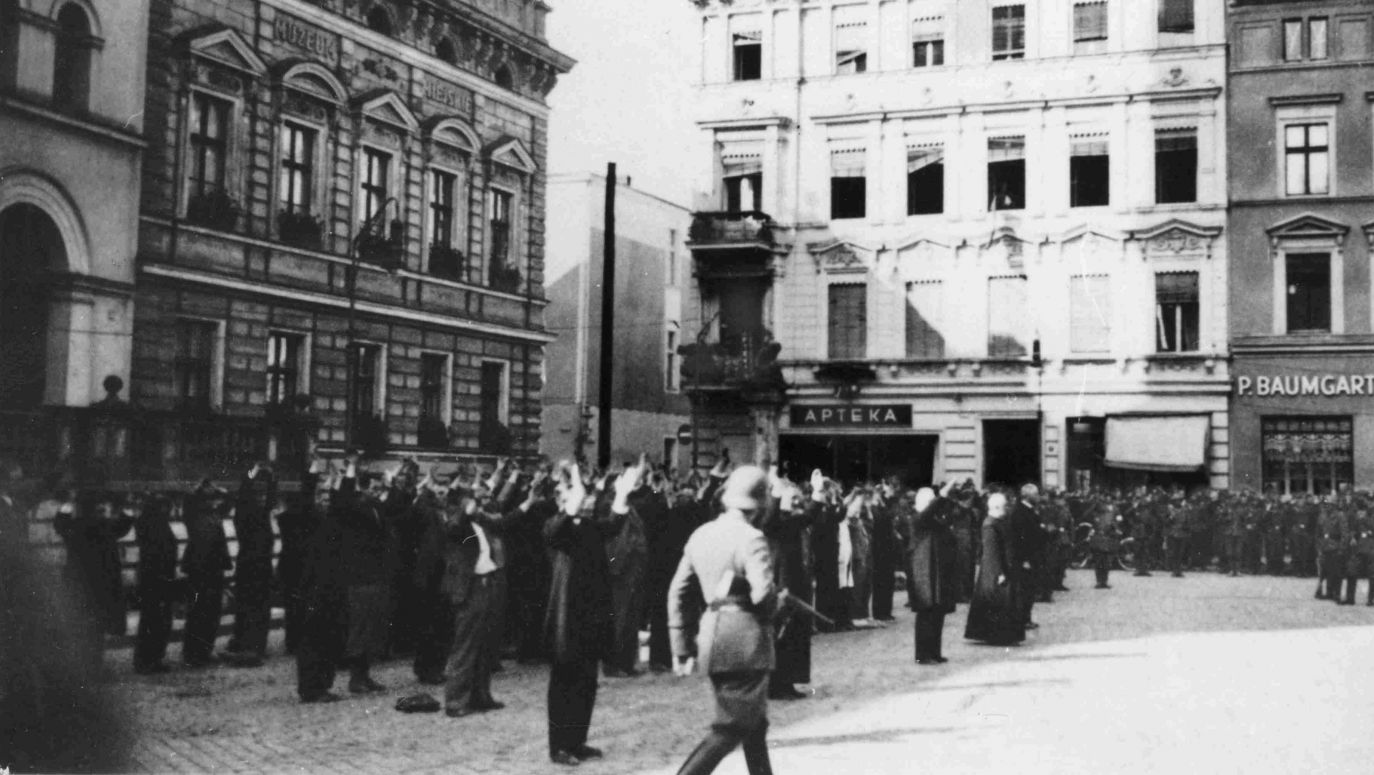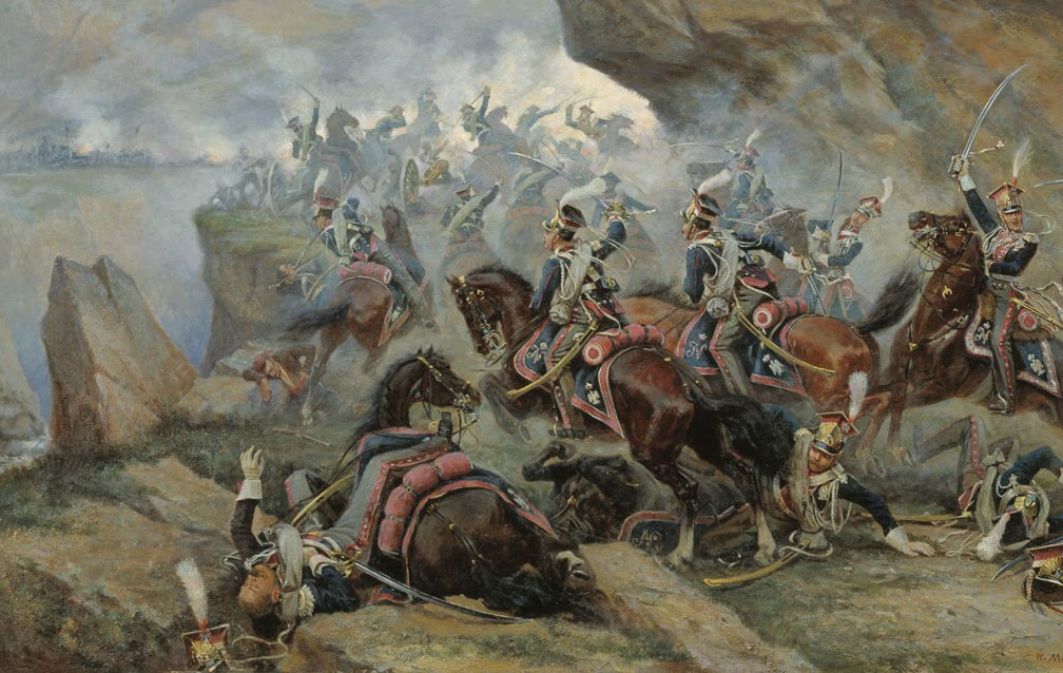The second hypothesis emphasizes that the German sabotage was associated with supporting the Wehrmacht and was intended to help the Nazis to take over Bydgoszcz quickly.
Jastrzębowski himself changed his mind after many years. This historian, associated with the Casimir the Great University in Bydgoszcz, finally concluded that there was no sabotage, and the confusion in the city was caused by an accident in one of the streets involving a horse-drawn carriage. This, in turn, was to cause panic among residents and crowds of refugees, which then turned into riots, and the mistreatment and murder of German inhabitants of the city by Poles. The change of view was widely reported in the media, and Jastrzębowski was polemicized in many ways.
Another breakthrough was the publication "Bydgoszcz Bloody Sunday. The Death of a Legend" by the German author, historian and journalist Günter Schubert. Contrary to what German historiography had previously claimed, he proved that on September 3, 1939 in Bydgoszcz there was an "uprising" prepared by saboteurs from the Third Reich. Some inhabitants of Bydgoszcz were to join the newcomers from Germany (via Gdańsk) and form sabotage groups of several people. They were deployed in several parts of the city and started firing at the retreating Polish soldiers.
Guilt without punishment
These disputes between Polish and German historiography, disputes about the truth, have been going on for years. But regardless, the Pomeranian Crime, which occurred in the first weeks after the German invasion of Poland and affected thousands of families in Pomerania, is indisputable. The German side must acknowledge its guilt, also in this terrifying ethnic murder. To sum up the guilt, we must also remember that the perpetrators mostly escaped punishment. This is also unacceptable.
The IPN President, Karol Nawrocki, draws attention to statistics. Not only those concerning Chojnice and the "Valley of Death", but also those from the whole of Pomerania. "After 1945, the German state, which was emerging to democracy and prosperity, had all the tools to judge the criminals -- the names of 1,701 perpetrators were established, 258 prosecutorial proceedings were initiated and 233 of them were discontinued. Ten people were sentenced while 30,000 people in 400 towns of Pomerania were murdered. These are brutal and cruel numbers. Why were the criminals never held accountable? " Nawrocki asks.
However, while remembering the guilt, it must be recognized that there are known cases, definitely few, but still there, when Germans saved their neighbors from trouble and helped them survive those most cruel times. Some witnesses also talk about it.
– Grażyna Raszkowska
TVP WEEKLY. Editorial team and jornalists
– translated by Agnieszka Rakoczy
In the article I used, among others:
Information from the IPN;
Włodzimierz Jastrzębowski "Terror and Crime. Extermination of the Polish and Jewish Population in the Bydgoszcz Region in the Years 1939-1945.” Interpress Publishing House, Warsaw 1974;
Information from local media in the Pomeranian and Kuyavian-Pomeranian Voivodeships;
Günter Grasss "Peeling the Onion", 2006. 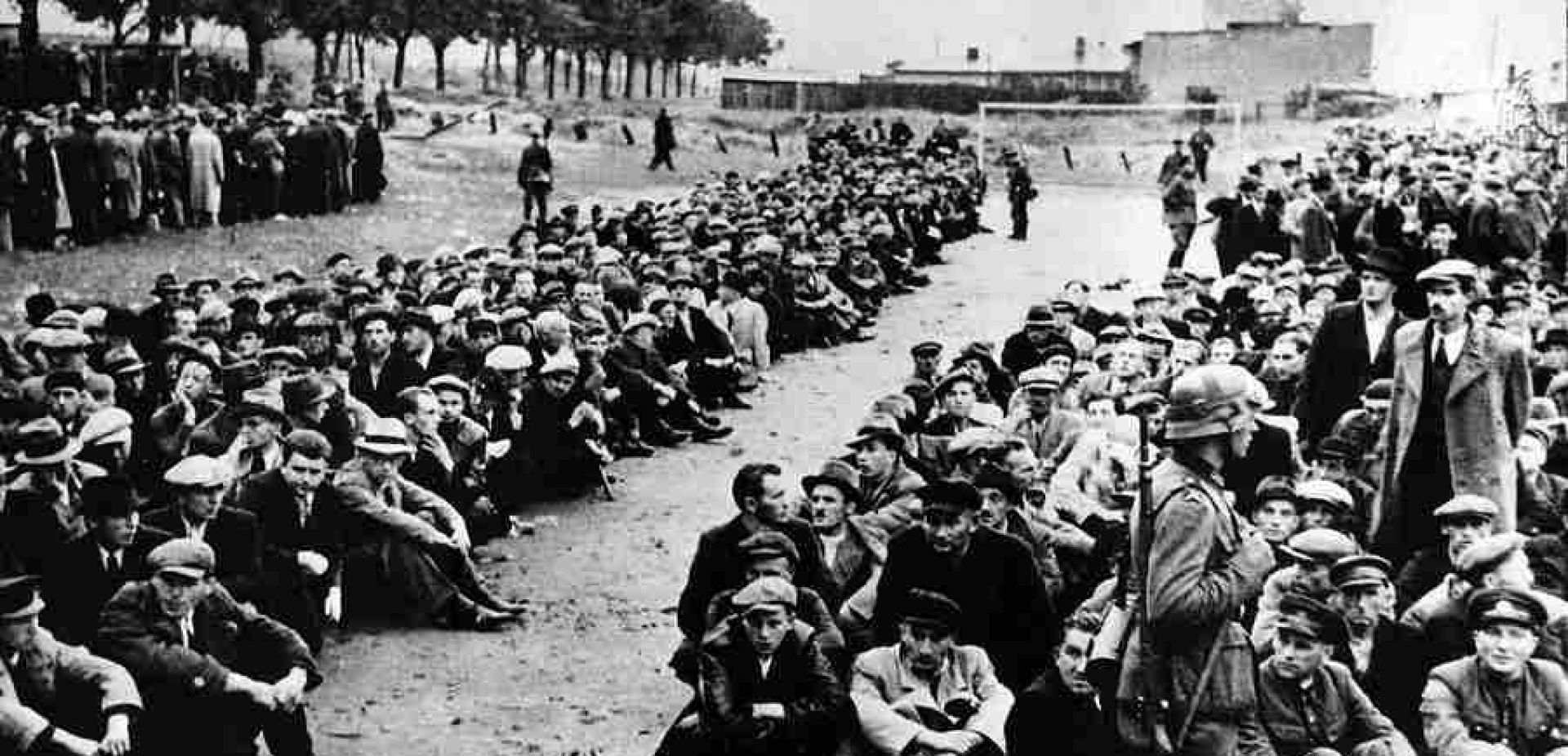

 SIGN UP TO OUR PAGE
SIGN UP TO OUR PAGE 
